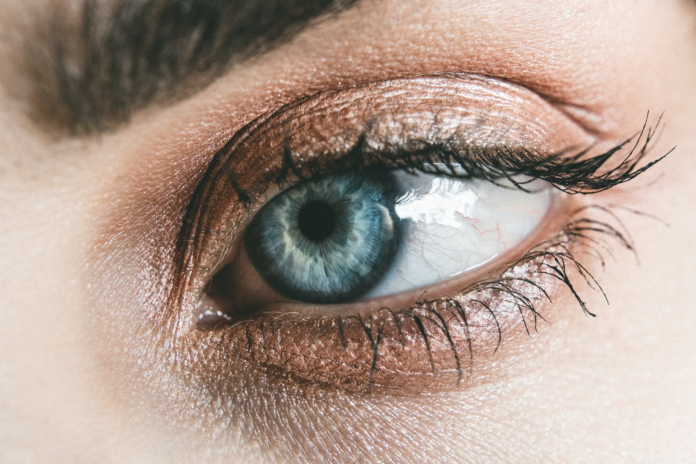More than two million people 40 years and above in the U.S. have eye problems. Many of the issues are treatable if caught early. Eye diseases affect one’s quality of life and limit activities. It is essential to be aware of the most common eye problems and conditions to seek treatment early if needed. The six most common eye problems are:
Dry eye syndrome
Dry eye syndrome is characterized by a lack of tears, which causes the eyes to feel gritty, itchy, and irritated. The condition can result from several factors, such as age, hormonal changes, medications, and environmental conditions. Symptoms are treatable with over-the-counter artificial tears or prescribed medications.
Cataracts
A cataract is a clouding of the lens in the eye that causes blurry vision and eventually leads to blindness. Most cataracts result from aging, injuries, certain diseases, or radiation exposure. Cataract surgery is a standard procedure that involves replacing the cloudy lens with an artificial one. If you experience any vision problems, be sure to see an ophthalmologist.
Glaucoma
Glaucoma is a condition that causes damage to the optic nerve due to an increase in pressure in the eye. The increased pressure can lead to vision loss and even blindness if left untreated. Glaucoma results from a build-up of fluid in the eye but can also be due to other factors such as age, diabetes, and high blood pressure. Glaucoma is treatable with medication or surgery.
Age-related macular degeneration
Age-related macular degeneration (AMD) is a condition that affects the retina and can lead to vision loss. AMD is the most common cause of vision loss in people over 50. The disease is caused by a breakdown of the macula, the part of the retina responsible for central vision. There is no cure for AMD, but treatments can help slow down its progression.
Color blindness
Color blindness is a condition that affects the ability to see colors. A deficiency causes it in one or more of the cone cells in the retina that are responsible for color vision. Color blindness can be inherited or acquired. There is no cure for color blindness, but there are ways to compensate.
Wearing tinted lenses or using color-coded maps can help people with color blindness to see colors more accurately. Before buying color blind glasses, ask an expert the following questions:
- How do colorblind glasses work?
- Do the glasses only work for people who are colorblind?
- Can the glasses help with other vision problems, such as nearsightedness or farsightedness?
- What type of colorblindness do they help?
Retinitis pigmentosa
Retinitis pigmentosa is a group of hereditary eye disorders that cause progressive vision loss. The condition develops after a breakdown of the light-sensitive cells in the retina. There is no cure for retinitis pigmentosa, but treatments slow its progression. People with retinitis pigmentosa should have regular eye exams to monitor the condition’s advancement.
Endnote
If you are experiencing any vision problems, be sure to see a pediatric ophthalmologist Dubai. Ophthalmologists are specialists in the diagnosis and treatment of eye diseases and disorders. They can help you determine what is causing your vision problems and recommend the best treatment options. The earlier you seek treatment for an eye problem, the better the outcome.


